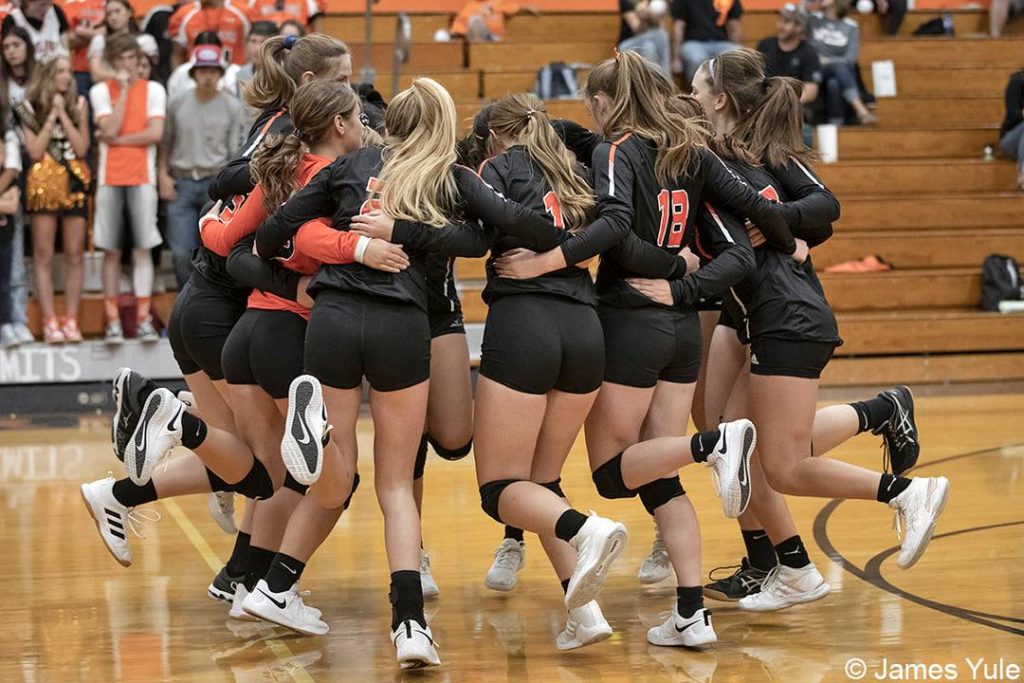Hunters Report ‘Nightmare’ After Elk Take On Wyoming Island
Written by Associated Press on October 5, 2021
JACKSON, Wyo. (AP) — If Bob Geringer had another shot, he says he wouldn’t have pulled the trigger.
The 79-year-old Salol, Minnesota, man had been in Jackson Hole for several days while out on his first-ever elk hunt. Checking out a new-to-him area alongside the scenic Snake River on a recent morning, Geringer and two pals finally found what they were looking for: a pile of elk, bunched up on a mid-river island. Treading along Emily’s Pond Levee they got to within shooting range, squeezed off about seven shots and watched three cow elk and a calf fall — which was legal, because the non-resident hunters had several licenses each.
But soon after, everything took a turn for the worse, the Jackson Hole News & Guide reports.
“It turned out to be a friggin’ nightmare,” a solemn Geringer said the following day. “We didn’t realize the river was quite the way it was, and it happened fast.”
It was a stunner of a weekend day. The elk went down around 9 a.m., and soon people started showing up to dogwalk, jog and stroll with friends and family in numbers that Geringer and his fellow Minnesotans never would have anticipated. There was one heated confrontation and about a dozen people phoned the Wyoming Game and Fish Department to report what they suspected was illegal activity on a dike that can attract hundreds of people seeking some recreation on any given day.
The elk carcasses, meanwhile, sat untouched and bloating up in the sunlight for hours. The elderly hunting party hadn’t thought out how they’d get to the elk, and once they sized up the Snake they realized they’d risk their lives if they tried to ford it.
This was the scene that Jackson Hole resident Brad Nielson came upon while out on the levee around 3 p.m. It made him hot. Opening fire on a group of elk stranded on a barren island, he told them, was not fair to the animals.
“It’s an ethical question,” Nielson told the News&Guide. “That’s not fair chase, cornering them on an island and mowing them down.”
Nielson, who’s a hunter himself, told the Minnesotans that they were doing other hunters no favors.
“I told them they’d set back years of effort to create goodwill between the non-hunting community and hunters,” Nielson said.
Reached over the phone Monday, Wyoming Game and Fish Department Director Brian Nesvik didn’t want to comment specifically on the levee incident because he hadn’t heard the details from his staff. But the former warden agreed on one point:
When it comes to hunting, just because something is legal doesn’t mean it’s the right thing to do.
“Hunter ethics are very important,” Nesvik said. “We do have laws that are based on ethics and fair chase, but you can’t regulate all of it. You’ve got to hope that hunters will do the right thing and be respectful of both the wildlife they’re hunting as well as the rest of the public.”
One of Nesvik’s employees, warden Jon Stephens, was able to rendezvous with Geringer and his crew while they strategized that evening about how to reach their downed elk. Even though their harvest was legal, he gave them a talking to.
“I chewed on them a little bit for the eyesore that they created,” Stephens said.
Then the warden helped them out.
Through some connections to people in town, the Upper Midwesterners procured a canoe and wheelbarrow as tools for extracting the meat. But the Snake River is running unseasonably swift, and their first attempt at a crossing resulted in a capsize, a soaked Minnesotan and an unmanned canoe being carried downstream.
Stephens could see that the makeshift meat recovery plan was futile, and he instructed the hunters to gut out the animals and then to get back across the river before nightfall. On Monday afternoon the Minnesotans returned, this time with the assistance of a local resident they commissioned to float out their elk meat with a raft. That operation went smoothly, the warden reported, and by 6 p.m. — some 33 hours after their gunfire — the Minnesotans’ meat was being rafted downstream toward the Wilson boat ramp.
Geringer and his friends, who he declined to identify, were hunting in Game and Fish’s elk unit No. 78. That zone, which largely falls on private land, stretches from the south end of Grand Teton National Park to Highway 22. Hunting elk there can be tricky, and a non-resident who lacked local knowledge and showed up early morning at a place like the Emily’s Pond Levee wouldn’t know that it’s a recreational hub.
Volunteer “poop fairy” Jane Frisch walks the levee almost daily and knows it as well as anybody. Her big concerns about mixing hunting with other uses along that swath of the Snake is public safety.
“There were young families playing in the river that day,” Frisch said. “On a Sunday afternoon there’s a lot of people out there, and a lot of people of all ages.”
The visual, she said, was “really upsetting” to a lot of people who passed by.
The next afternoon, Hannah Pollat biked to just beyond where Geringer’s pals were cutting up elk on the island. The Jackson resident, who went for a quick swim, didn’t know what the commotion was about, but said that seeing people shoot elk in such a high-use area would have rubbed her wrong.
“I would have been like, ‘Are you kidding me?'” Pollat said.
But not all of the interactions the veteran hunters had with passersby that Sunday were unpleasant.
“You can’t imagine how many people congratulated us and were happy for us,” Geringer said. “It’s just that the timing was wrong. If we had to do it again, there’s no way in the world any of us would have done that. It just happened.”
Both Frisch and Nielson made the point that Game and Fish and the Bureau of Land Management probably ought to look at the regulations.
“What should we do to make sure that doesn’t happen again?” Nielson said. “These guys were literally packing their rifles up and down the levee and were blasting elk in the middle of the river.”
The apologetic Minnesotan agreed. “If it’s a walking trail,” Geringer said, “why is it open for public hunting?”




